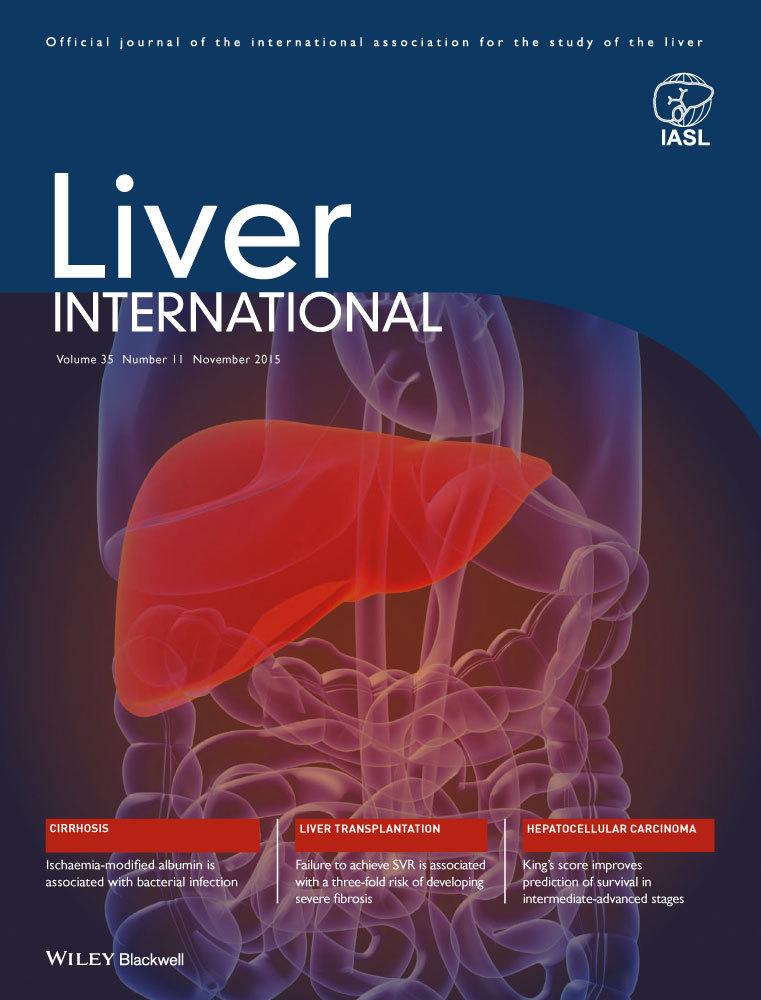Hepatitis C seroconversions in HIV infection across Europe: which regions and patient groups are affected?
Handling Editor: Carmen Berasain
Abstract
Background & Aims
In the last decade, several outbreaks of sexually acquired acute hepatitis C (HCV) infection have been described in HIV-positive men who have sex with men (MSM). The aims of this study were to determine whether there has been an increase in the number of acute HCV infections in different parts of Europe.
Methods
HCV seroconversion was defined as an HCV-antibody test change from negative to positive within the observation period in EuroSIDA. Binomial regression was performed to determine factors associated with being tested for HCV and HCV seroconversion.
Results
A total of 223 HCV seroconversions were observed from 16 188 tests [1.38% (95%CI 1.20–1.56)] among 5736 patients between 2002 and 2013. Overall the odds of acquiring HCV infection increased by 4% per year (OR 1.04 [95%CI 0.99–1.09]; P = 0.10). Overall 63.2% (141/223) of all seroconversions were seen among MSM. Similar patterns were observed across all European regions (P = 0.69, test for interaction) and HIV transmission risks groups (P = 0.69, test for interaction). In multivariate analysis, North, South and East Europe had higher odds of HCV seroconversion compared with Western Europe [OR 1.90 (1.28–2.81), 1.55 (0.99–2.45) and 1.86 (1.21–2.84); P = 0.0014, P = 0.058 and P = 0.0044 respectively].
Conclusions
Within EuroSIDA a significant increase in HCV seroconversions can be observed after accounting for increased levels of testing for HCV in recent years. This highlights the need for increased HCV prevention efforts among HIV-positive persons in Europe.




